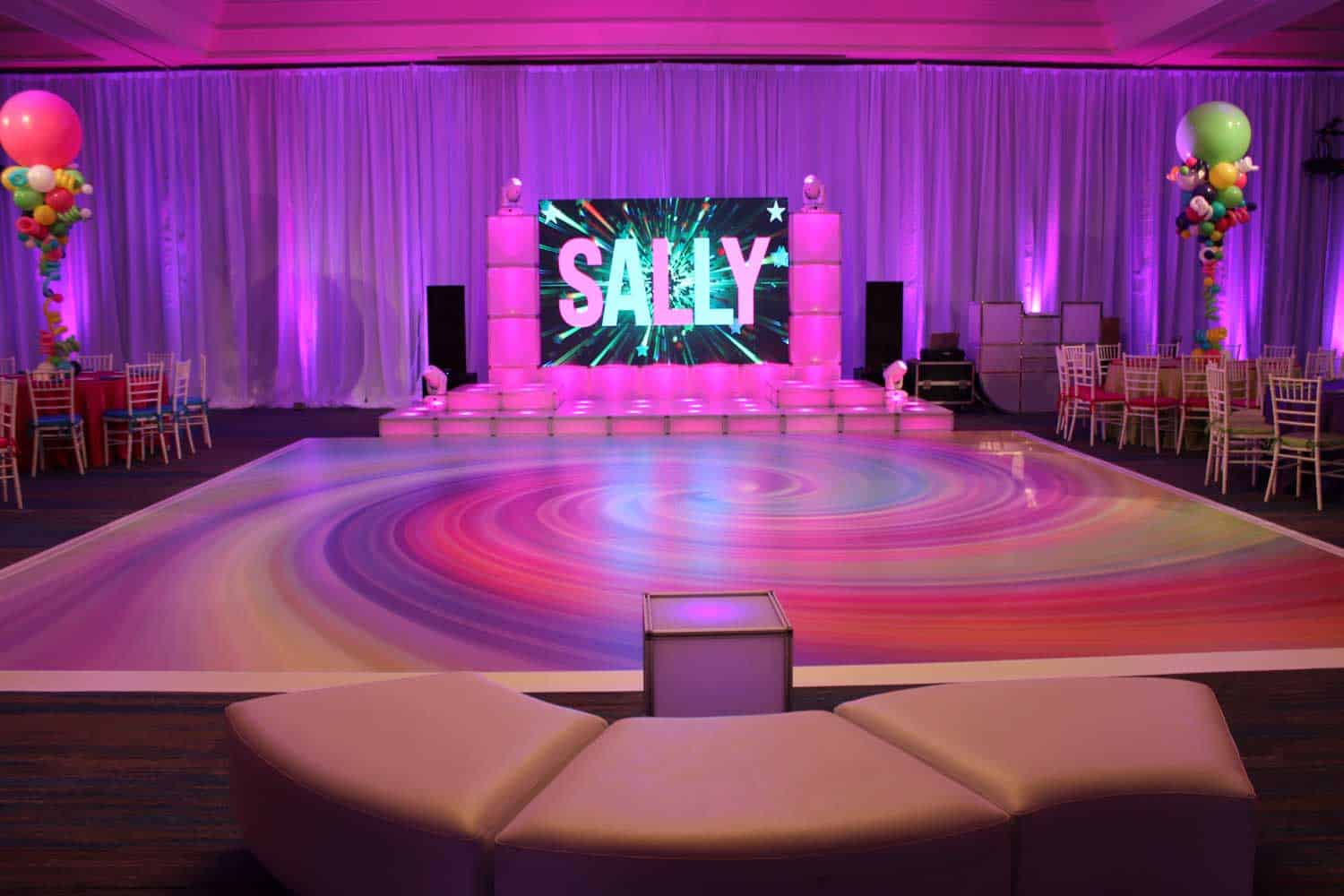The quality of the LED elements plays a significant role in color consistency. Different types of light-emitting diodes produce light at different frequencies, which can affect the overall hue result. Premium light-emitting diodes are engineered to generate a more uniform light range, resulting in better hue precision. Additionally, the production method of these light-emitting diodes can affect their performance. Panels made with superior materials and technology tend to have fewer color differences, guaranteeing that the shown pictures and videos look vibrant and true to life.

Tuning is another essential element in maintaining color uniformity in light-emitting diode wall panels. Calibration entails adjusting the settings of the screen to make certain that the colors displayed align the desired design. This procedure can include adjusting luminosity, contrast, and color equilibrium. Frequent calibration is necessary, especially in environments where illumination factors change frequently. By tuning the screens, technicians can correct any inconsistencies in hue result, leading to a more uniform observing encounter.
Environmental conditions also influence hue uniformity in LED wall panels. Elements such as ambient light, temperature, and humidity can influence how colors are seen. For example, intense ambient light can wash out colors, making them look more vibrant. Similarly, extreme temperatures can affect the performance of the LEDs, resulting to hue changes. To mitigate these issues, it is essential to place light-emitting diode wall screens in controlled environments where lighting and heat can be controlled effectively.
Lastly, the layout and arrangement of the light-emitting diode wall screens can affect color consistency. The arrangement of the navigate to this web-site screens, as well as the spacing from which they are observed, can create differences in color perception. When panels are arranged too distant apart or at varied angles, viewers may notice discrepancies in hue. To obtain the optimal optical performance, it is important to consider the placement and alignment of the screens during setup. By tackling these elements, operators can guarantee that their LED wall screens provide a uniform and superior optical encounter.